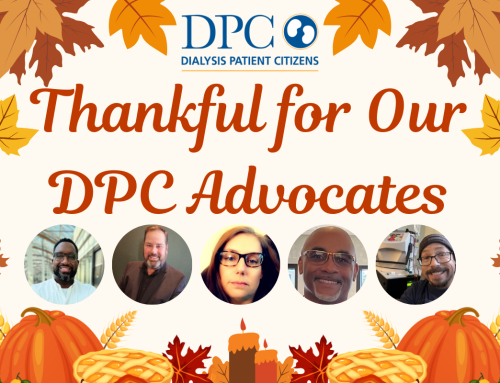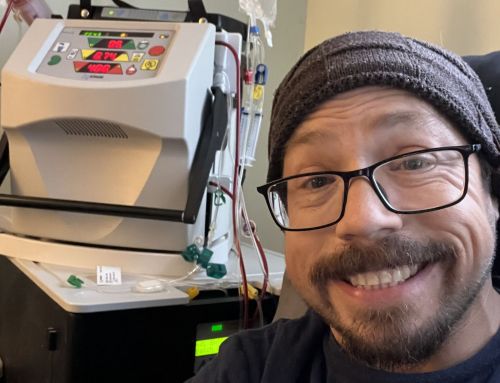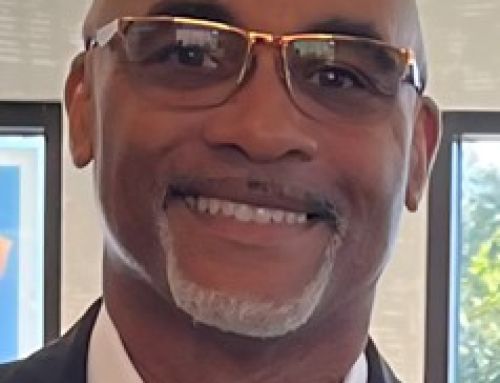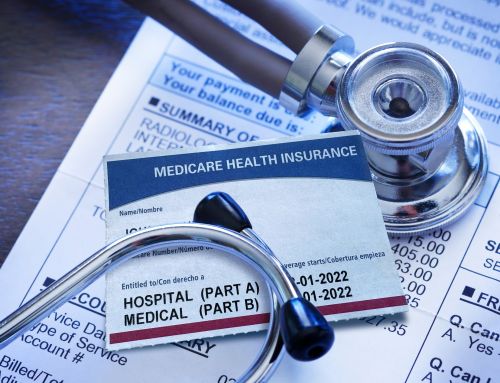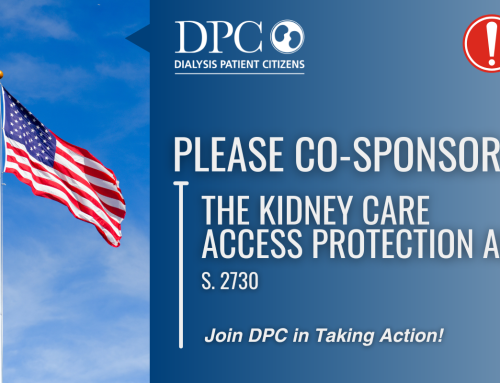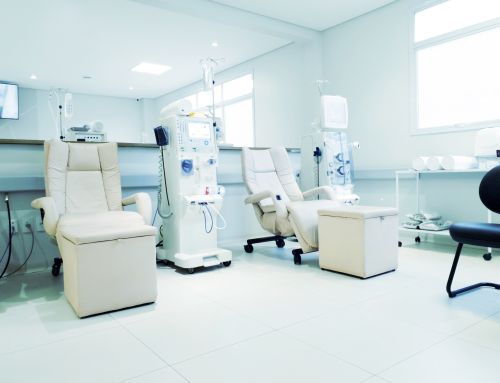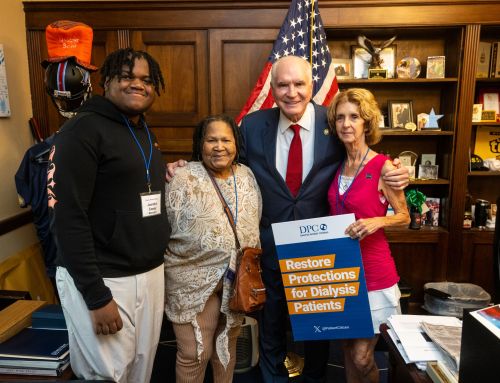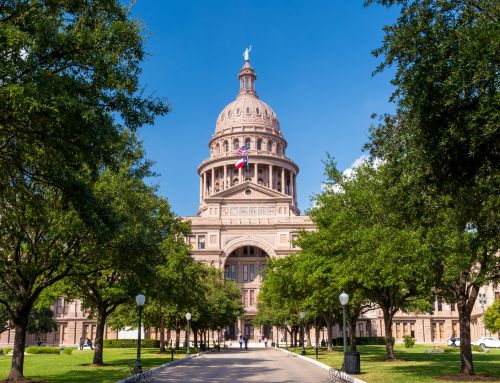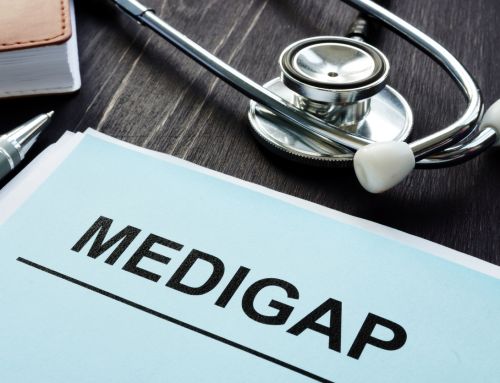In our comments responding to Medicare’s annual ESRD Payment Rule, DPC took the government to task over payment updates that lag increases in labor costs and failure to effectively cover new drugs for dialysis patients.
The proposed rule grants a net increase in the base rate of only 0.8% during a year in which wages, according to Bureau of Labor Statistics, rose 4.2%. The Medicare Payment Advisory Commission estimates a margin of zero for dialysis facilities in 2024, with many rural and low-volume facilities in the red. This occurs at a time in which a Supreme Court decision has emboldened many employers to gut their insurance coverage for dialysis, further weakening the financing of kidney care. The DPC letter notes health care has one of the most severe labor shortages among U.S. industry sectors, with 55.6% of job openings unfilled and just 0.29 unemployed workers per opening.
The letter also reviews the difficult or failed launches of several new drugs for dialysis patients that resulted from their inclusion in the ESRD bundled payment without adequate funding. DPC recommends reimbursement at the individual patient level rather than attempting to spread the cost of expensive drugs across the entire population of ESRD patients.



